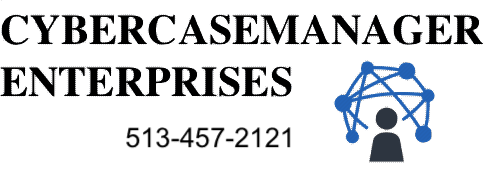Building secure machine learning environments with Amazon SageMaker
Favorite As businesses and IT leaders look to accelerate the adoption of machine learning (ML) and a
Tags: Archive

Leave a Reply